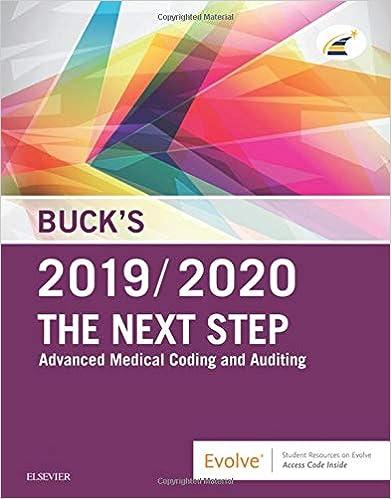
At the beginning of the current season on November 1, the ledger of ABC&CO showed Cash $3,300, Inventory S4,700, and Common Stock $8,000. The following transactions occurred during November 2019. Nov. S Purchased hockey sticks and pucks on account from HS $1.600 terms 2/10, 1/60. 7 Paid freight on HS purchases $90. 9 Received credit from HS for merchandise returned $350. 10 Sold merchandise on account for $1,000, terms n/30. 12 Purchased gloves, socks, and other accessories on account from TCS $945, terms 1/10, 1/30. 14 Paid HS in full 17 Received credit from TCS for merchandise returned $45. 20 Made sales on account for $1,330, terms n/30. 21 Paid TCS in full. 27 Granted credit to customers for clothing that did not fit properly $150. 30 Received payments on account for $1.900. Instructions: (a) Journalize the November transactions using a periodic inventory system. (b) Journalize the November transactions using a perpetual inventory system (c) Prepare an income statement through Gross profit, assuming inventory on hand at November 30 is $5.196. 2014 2013 Inventories Finished goods Work in process Raw materials and supplies $232,893 7,068 49,937 289,898 86,025 $203,873 $244,379 10,516 43,861 298,756 82,085 $216,671 Less: LIFO reserve Total (as reported) Cost of goods sold Current assets (as reported) Current liabilities $809,956 $561,395 $343,405 $780,771 $669,340 $432,321 Suppose the following information is from the 2014 annual report of American Greetings Corporation (all dollars in thousands). The notes to the company's financial statements also include the following information Finished products, work in process, and raw material inventories are carried at the lower-of-cost-or-market. The last-in, first-out (LIFO) cost method is used for approximately 75% of the domestic inventories in 2014 and approximately 70% in 2013. The foreign subsidiaries principally use the first-in, first-out (FIFO) method. Display material and factory supplies are carried at average-cost. Instructions 1. Define each of the following: finished goods, work in process, and raw materials. 2. What might be a possible explanation for why the company uses FIFO for its nondomestic inventories? 3. Calculate the company's inventory turnover and days in inventory for 2013 and 2014. (2012 inventory was $182,618.) Discuss the implications of any change in the ratios. 4. What percentage of total inventory does the 2014 LIFO reserve represent? If the company used FIFO in 2014, what would be the value of its inventory? Do you consider this difference a "material" amount from the perspective of an analyst? Which value accurately represents the value of the company's inventory? 5. Calculate the company's 2014 current ratio with the numbers as reported, then recalculate after adjusting for the LIFO reserve








